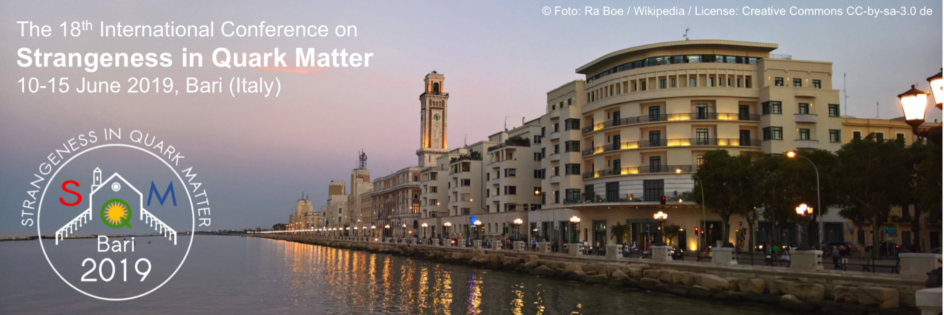Speaker
Description
Two-particle correlations can be used to probe the strong interaction between nucleons and multi-strange baryons. We will show measurements of correlation functions of proton-$\Xi^−$ pairs in p-Pb collisions at $\sqrt{s_{\rm NN}}$ = 5.02 TeV, and proton-$\Omega^−$ pairs produced in high-multiplicity pp collisions at $\sqrt{s}$ = 13 TeV. Utilising newly developed femtoscopic techniques, we will demonstrate how these measurements can be compared to Lattice QCD and phenomenological model predictions for the strong potentials between protons and multi-strange baryons. Using the measured proton-proton correlation function to constrain the size and shape of the baryon-emitting source, and the excellent precision of the ALICE data, we will demonstrate that our measurements are highly discriminating with respect to these predictions. The measured proton-$\Xi^-$ correlation function indicates the corresponding strong interaction is attractive, while the proton-$\Omega^-$ correlation function will be compared to models predicting a bound nucleon-$\Omega^-$ di-baryon state. A precise evaluation of these models of the nucleon-hyperon interaction is crucial for the modelling of the core of neutron stars. We will discuss the consequences of our measurements for the equation of state of neutron-rich matter including hyperons.
| Track | Strangeness in astrophysics |
|---|---|
| Collaboration name | ALICE Collaboration |
